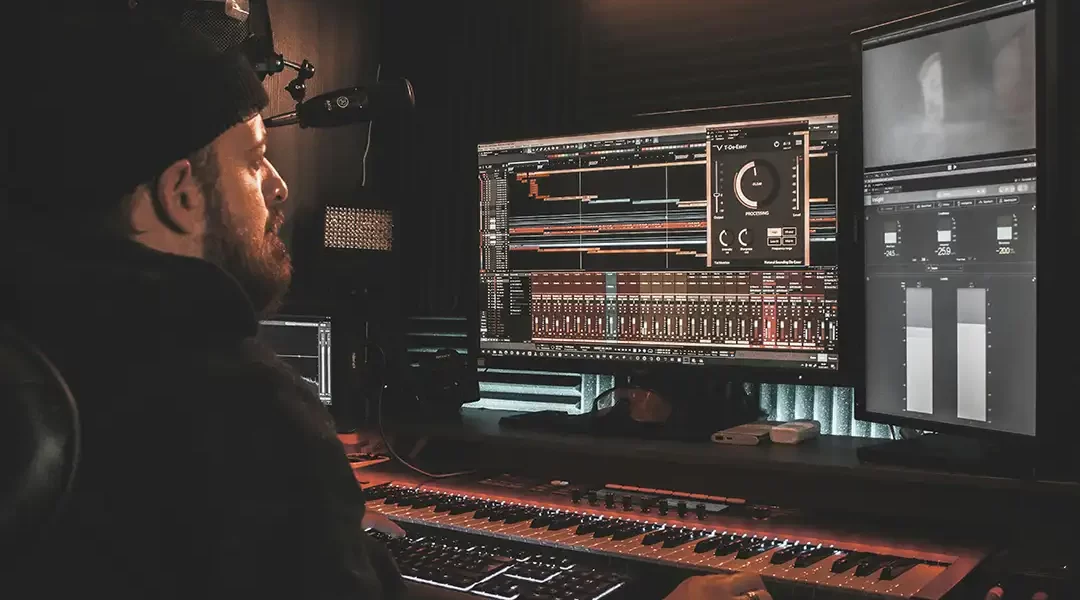Beyond the Studio: How Home Recording and Online Platforms Are Reshaping the Demo Landscape


Demo Decisions: Navigating Distribution, Collaboration, and Legal Waters
The demo plays a different role in 2024. Its success or failure depends on what you’re trying to achieve, and while in some cases it may seem obsolete, in others, it’s still crucial. This article explores a few facets of demo creation, distribution, and utilization in today’s modern music industry.
Pitching to Labels: A New Attitude
The Demo is not dead and can still be used to pitch to labels, and many musicians still aspire to get signed. However, the strategy has evolved:
- Cold submissions to labels are generally not the best approach. Tons of labels still accept demos; that being said, most of the larger ones usually prefer to do it through a referral.
- Ideally, you want the label to ask you for your demo. This can be done through a manager or by developing relationships with the label yourself.
- Networking is indispensible: connect with promoters, other bands, and background industry professionals. Ultimately, you want a label to hear about you through others in the industry.
No matter how talented, polite, and organized your approach, it’s very rare for things to work out well for artists who push cold submissions. The most successful deals happen when you’re part of a network that already has connections with the (hopefully well-researched) label you’re trying to crack.
Demo Distribution and Promotion
In 2024, artists have multiple avenues for distributing and promoting demos:
- Websites and social media platforms are common channels for sharing demos and a lot of people are using them successfully. That being said, make sure you understand the legalities of sharing a demo publicly if your goal is to eventually get signed by a label. Check out Legal Considerations on down the page.
- Platforms like SoundCloud, Bandcamp, Spotify, and ReverbNation offer opportunities for exposure.
- The general consensus is to get your music out through any available means; again, this depends on your goals. Everyone is different.
Remember that each platform you upload to may generate income from your music, and you’ve likely agreed to certain terms of use. Keep track of where your demo is distributed, as this can affect future opportunities.
Collaboration and Alternative Uses
Demos serve purposes beyond traditional label pitching. This is where sharing publicly without future label motives might be what you’re looking for.
- Instrumental versions can be shared with other artists for collaboration. This provides free exposure for collaborating artists and “collab-clout” for you.
- Crowdfunding: Demos can be used as part of a crowdfunding campaign to raise funds for recording a full album or other projects.
- Demos can be shared with event organizers to secure gigs at local venues, festivals, or other live events.
The Changing Landscape of Recording
The process of creating demos has evolved:
- Digital Revolution: Digital Audio Workstations (DAWs) have reduced the need for expensive studio time, making industry standard recording possible at home. There is a rising number of musicians who are incredibly experienced in the art of production, and are creating top-notch recordings.
- Platforms like Soundbetter have made it possible to collaborate with industry professionals and get help with things you’re not too comfortable with, and to polish up your masters.
- Changes in Studio Business Models: Even traditional recording studios have had to adapt to the changing landscape. Many studios now offer additional services like mixing, mastering, and production to stay competitive. Some have also embraced hybrid models, combining traditional studio spaces with remote and virtual services.
These advancements have democratized the demo-making process, allowing more artists to create professional-sounding recordings.
Legal and Considerations
When using your demo for income generation, new rules apply:
Release forms are required from any artist or professional involved in your demo. Ownership always has to be clearly understood by anyone involved; co-writing and collaborations, work-for-hire agreements, songwriters/split sheet copyrights, producer agreements, band agreements, international considerations—it’s not always as cut and dry as copyrighting a piece of music and then using the demo as you wish.
Previous distribution on major platforms might affect label submissions if that’s in your future. Also, submitting already released demos to television and film agencies will require extra permissions. It’s important to pay attention to all online and offline agreements/contracts before submitting your demo to any record label or using it for commercial purposes.
Conclusion
Recording and producing a demo remains an investment, whether done professionally or at home. The key is to develop a strategic plan that aligns with your personal goals. While there’s no concrete formula for success in the music industry, understanding the evolving role of demos can help you navigate the complex landscape of modern music promotion and distribution.
Remember, every artist’s path is unique. The way you create, distribute, and leverage your demo should reflect your individual aspirations and circumstances in the ever-changing music industry of 2024.





